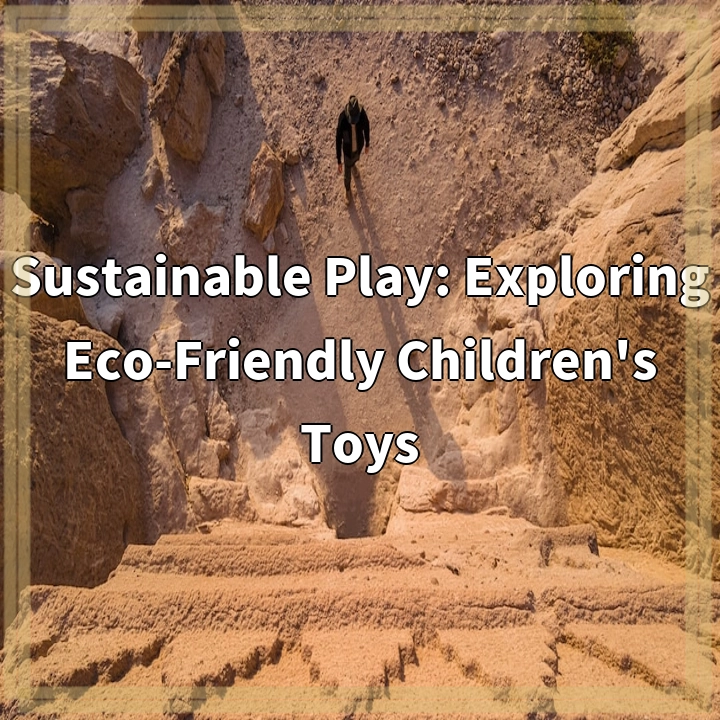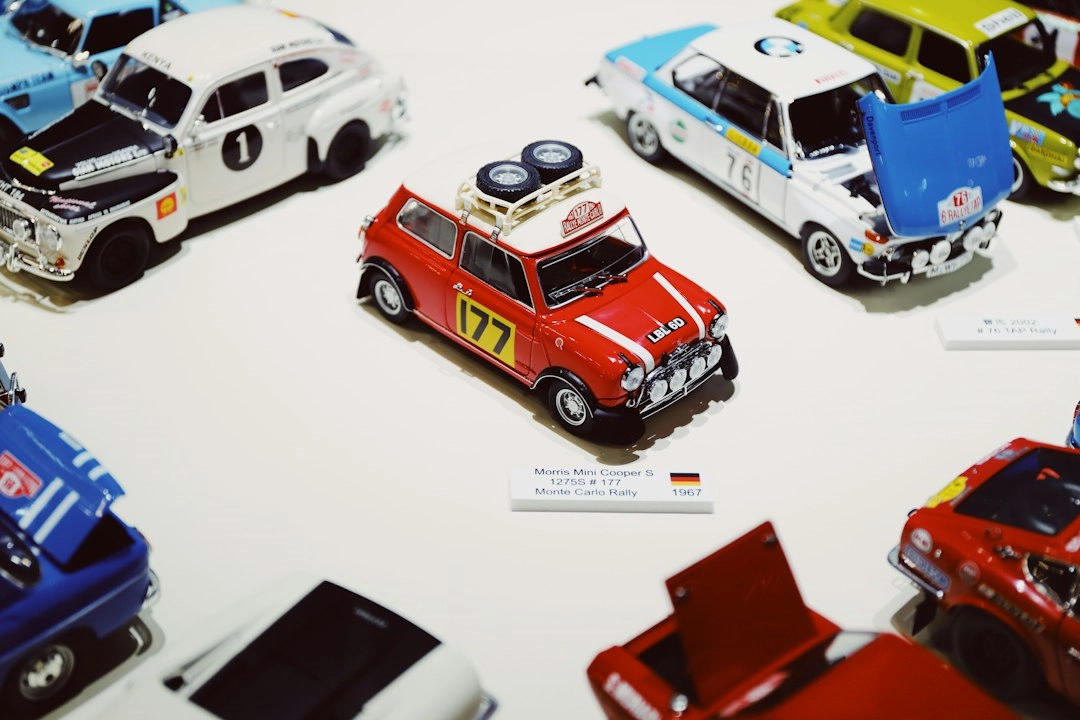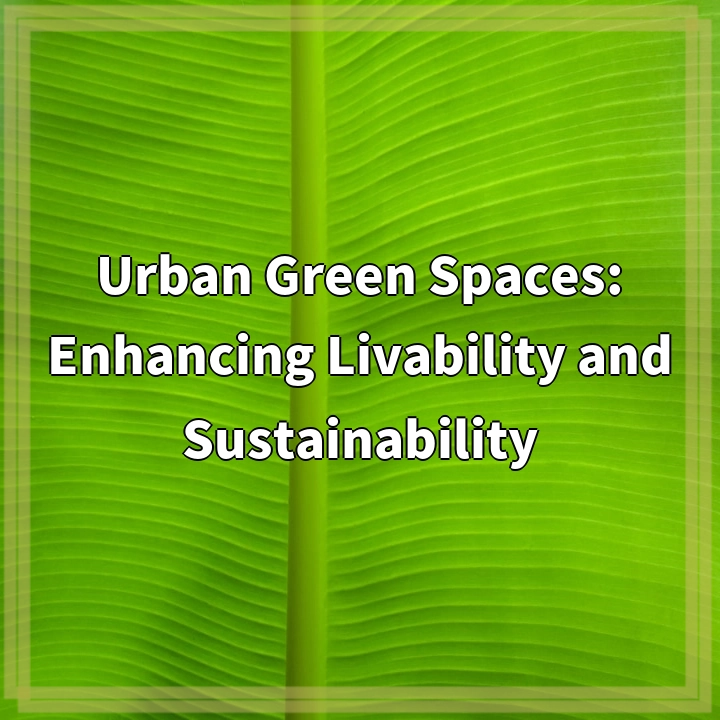
What is Sustainable Play: Exploring Eco-Friendly Children’s Toys
Sustainable play refers to the concept of providing children with toys that are environmentally friendly, safe, and socially responsible. It involves a shift in the way we approach toy production and consumption, focusing on sustainability throughout the entire lifecycle of a toy.
Real-World Problems Associated with Sustainable Play
1. Plastic Waste and Pollution
One of the major problems associated with conventional children’s toys is the excessive use of plastic, which contributes to the global plastic waste and pollution crisis. Most plastic toys are made from non-biodegradable materials, leading to long-lasting waste that ends up in landfills or pollutes our oceans.
2. Chemical Exposure
Many conventional toys contain harmful chemicals such as phthalates, lead, and bisphenol-A (BPA), which can be harmful to children’s health. These substances have been linked to developmental issues, hormone disruption, and other adverse health effects.
3. Unsustainable Materials and Manufacturing
The production of conventional toys often involves the extraction of non-renewable resources, deforestation, and excessive energy consumption. Additionally, the manufacturing processes often lack transparency and ethical practices.
4. Lack of Education and Awareness
Parents and caregivers may not be aware of the impact that children’s toys can have on the environment and their health. There is a lack of education and information regarding sustainable alternatives, making it challenging for individuals to make informed choices.

Potential Solutions for Sustainable Play: Exploring Eco-Friendly Children’s Toys
1. Embrace Biodegradable and Natural Materials
One of the key solutions is to prioritize toys made from biodegradable and natural materials such as wood, organic cotton, bamboo, and plant-based plastics. These materials are more sustainable and have a lower impact on the environment.
2. Choose Non-Toxic and Safe Toys
Opt for toys that are free from harmful chemicals, including phthalates, lead, and BPA. Look for certifications such as ASTM F963 or the European Union’s EN71, which ensure that toys meet safety standards for children.
3. Support Ethical and Transparent Manufacturing
Choose toys from companies that practice responsible manufacturing processes. Look for brands that prioritize fair labor practices, minimize waste during production, and use renewable energy sources.
4. Consider Secondhand and Upcycled Toys
Reduce waste and extend the lifecycle of toys by opting for secondhand or upcycled toys. Thrift stores, online marketplaces, and toy libraries are great places to find gently used toys that still provide endless hours of play.
5. Educate and Create Awareness
Spread awareness about the benefits of sustainable play through blog posts, social media, and local community initiatives. Help parents and caregivers understand the importance of choosing eco-friendly toys and provide them with resources to make informed decisions.















